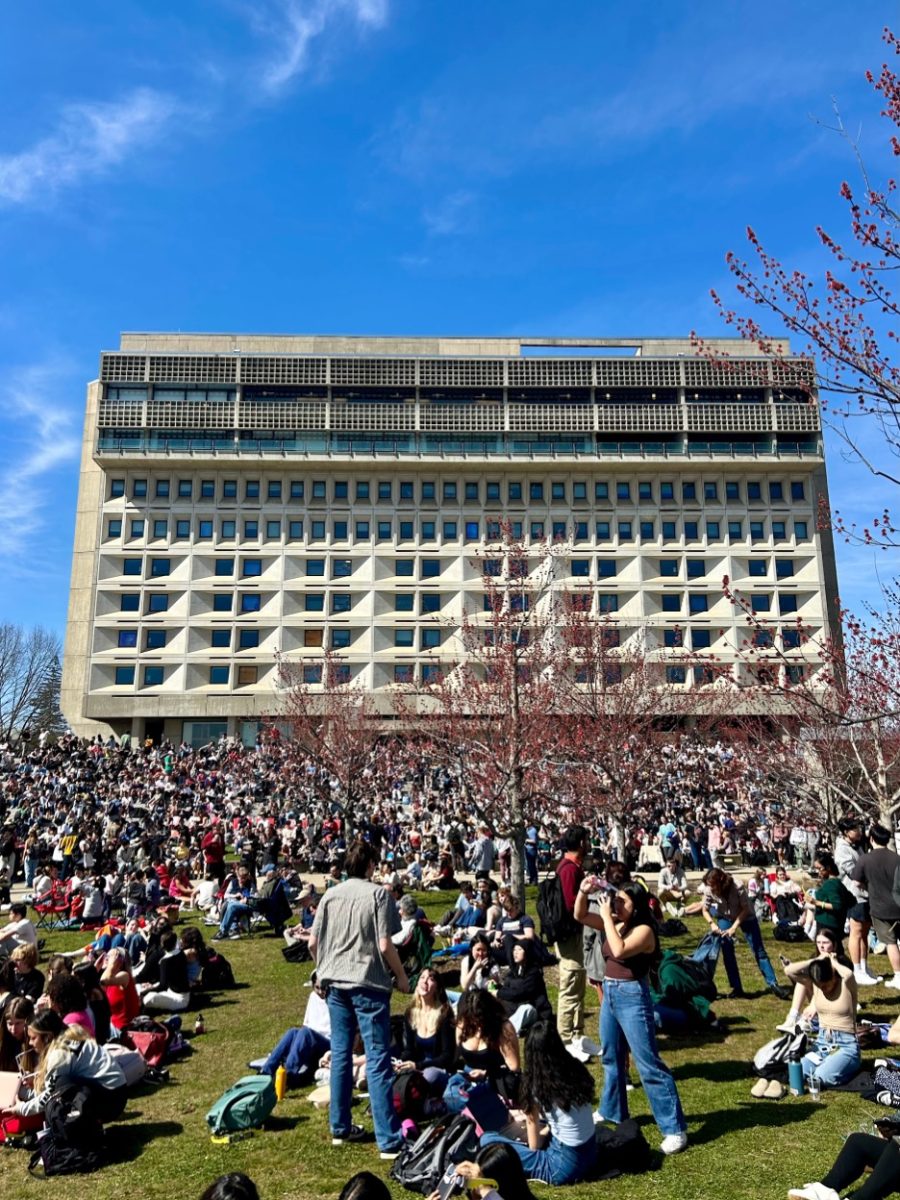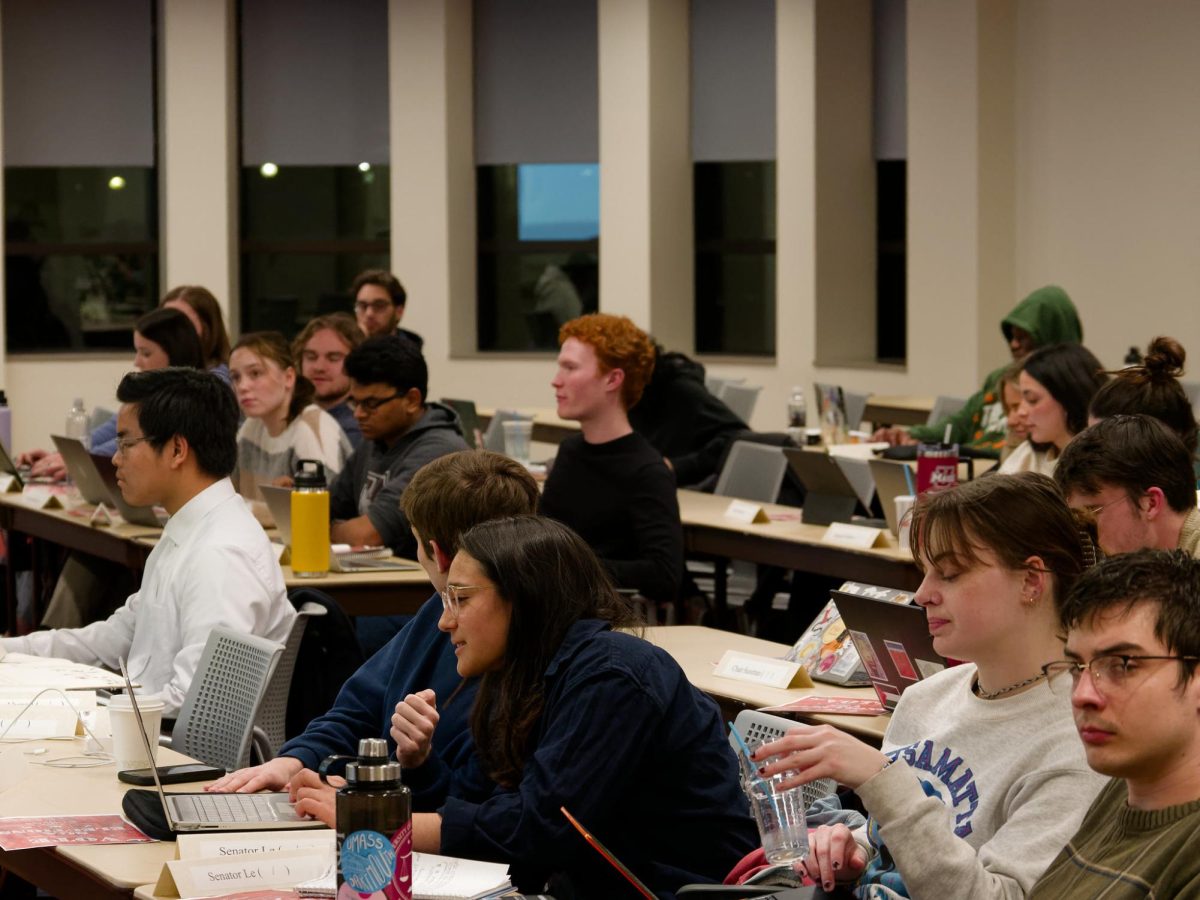
Peter Baehr, a professor at Lingnan University in Hong Kong, spoke on the ethnic and class cleansing that took place under the totalitarian regimes in Nazi Germany and Soviet Russia, on Oct. 5 in Herter Hall.
“Deportation is different from concentration camps, but mass murder was the result of both,” said Baehr, at the lecture entitled “Ethnic Cleansing, Class Cleansing: From Hannah Arendt to Victor Zaslavsky.”
Baehr also spoke on the two main thinkers in the lecture’s title – Arendt and Zaslavsky – explaining the differences between the two thinkers and their views on the two totalitarian regimes. He mentioned how he was particularly passionate in discussing the speakers because he was a personal friend of Zaslavsky’s.
“The main difference between the two is that [Arendt] believed totalitarianism died in 1953 with the death of Joseph Stalin, but Victor believed that after Stalin died the regime morphed into another form of totalitarianism,” said Baehr.
He added that Arendt believed that totalitarianism died after the huge police empire was liquidated and most of the concentration camps were dissolved.
Baehr then went into an explanation of how the two regimes shared a great number of differences, yet also have their fair share of similarities. In Nazi Germany, Adolf Hitler used ethnic cleansing to filter the population in an attempt to ultimately achieve his goal of ethnic purity. On the other hand, Stalin used a method of class cleansing while occupying Poland, where he would target anyone who was wealthy, educated or represented the slightest bit of political opposition.
“It was an interesting distinction between general terror where anyone can be victimized, and terror based on specific, targeted groups,” said Daniel Gordon, a professor of history at the University of Massachusetts.
According to Baehr, the two totalitarian regimes were using the same methods to achieve two different goals – Germany was trying to achieve racial purity whereas the U.S.S.R. was trying to achieve political uniformity.
Baehr mentioned a specific point in history that took everyone by surprise. The Katyn is a forest in eastern Poland where the Nazis discovered a massive graveyard of around 25,000 Polish officers and reservists. Stalin had these men murdered and then placed the blame on the Nazi Regime.
After Stalin ordered the murders of all 25,000 men, he then had the families of the men deported and sent to Kazakhstan. This journey resulted in the death of 99 percent of the families that were deported due to severe conditions, noted Baehr. This was Stalin’s way to cleanse the population, even if it meant murdering hundreds of thousands of people.
“I now have a new way of looking at totalitarian regimes,” said Micaela Moore, a sophomore English major.
After the lecture, Baehr stated that the one takeaway he wants the audience to have is “to realize how revolutionary [Zaslavsky’s] thinking was in the sense of understanding totalitarian regimes and the concept of ethnic and class cleansing.”
Jordan Freedman can be reached at [email protected].



















Nitzakhon • Oct 13, 2017 at 8:12 am
Governments have killed over 100 million of their own citizens, just in the 20th century. But then you wonder why gun owners don’t want to be disarmed.